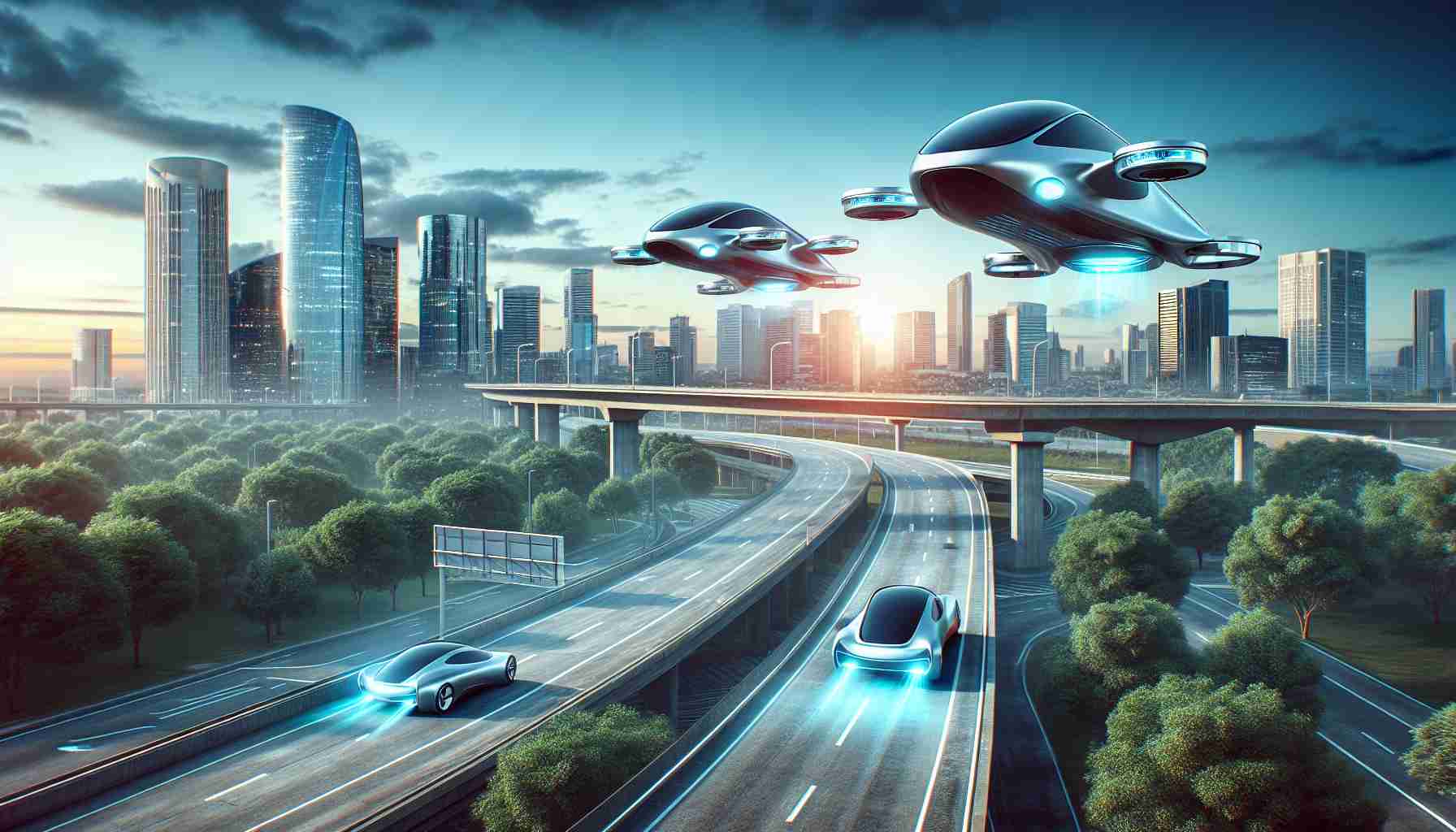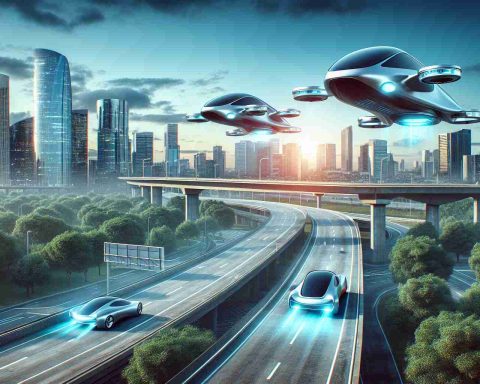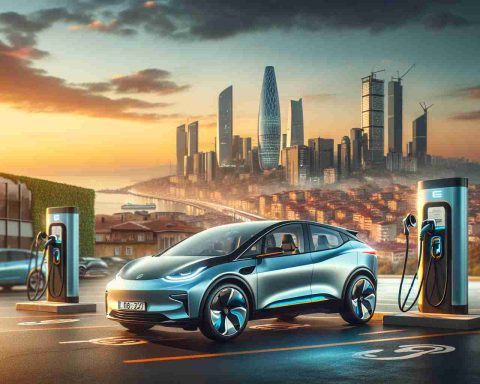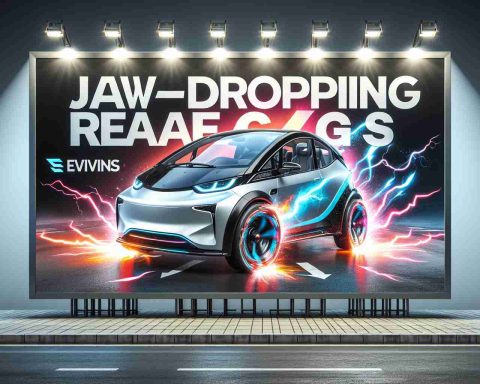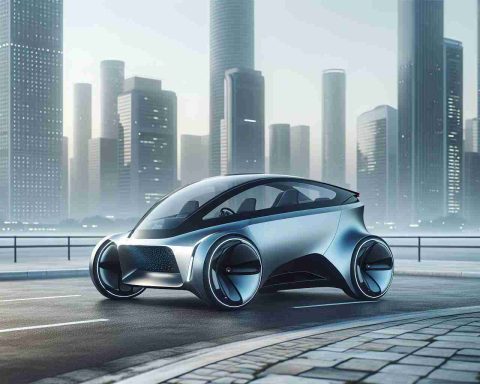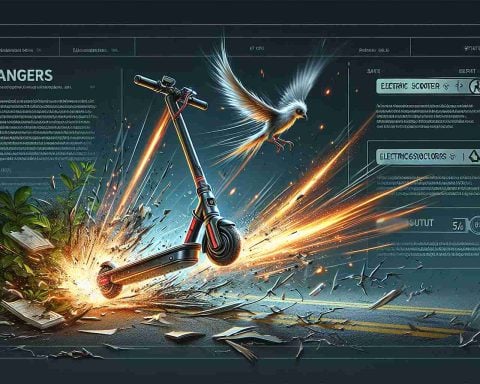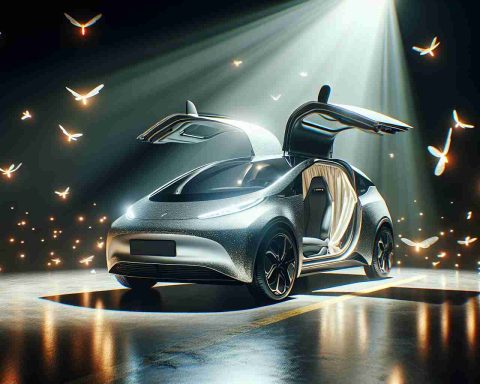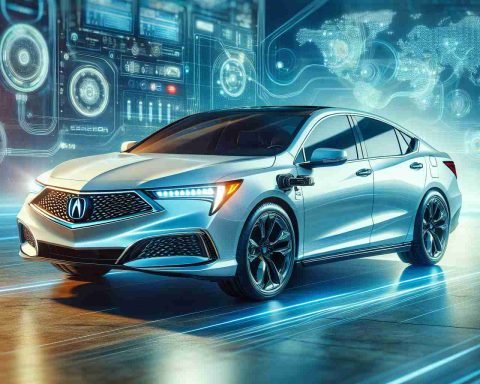- XPENG AEROHT X2 reveals a futuristic flying car merging drone and hypercar design, featuring autonomous capabilities.
- The vehicle debuted impressively in Dubai and at CES Las Vegas, showcasing seamless ground-to-sky transitions.
- XPENG plans to establish “flying camps,” or aerial ports, in preparation for a future with personal aviation.
- Over 3,000 customers are anticipated for XPENG’s flying car/MPV combination.
- Major automotive companies like Toyota, Honda, and BMW are also developing eVTOLs with hydrogen fuel cells and hybrid engines.
- The prospect of flying cars is becoming increasingly tangible, sparking global competition among automakers and startups.
High above the bustle of city streets, dreams of personal aviation inch closer to reality with the XPENG AEROHT X2, a sleek and autonomous marvel. Imagine a drone reborn as a futuristic hypercar—its angular form slicing through the air with the elegance of a falcon. Inside, passengers nestle into carbon-fiber bucket seats, ensconced beneath a canopy of digital screens and toggle switches, ready to plot their aerial journey.
Whispers of the future echoed loud at XPENG’s U.K. reveal, overshadowing discussions of their ground-bound EVs. The X2, a flying vision first demonstrated in Dubai, choreographed an impressive debut, leaving audiences at CES Las Vegas spellbound by its swift transition from land to sky, as a mobile “Land Aircraft Carrier” unfurled its wings with mechanical grace.
XPENG’s ambitions know no limits. The company is strategically mapping out a network of “flying camps,” akin to aerial ports, across its homeland, paving the way for the dreams of 3,000 eager customers of their flying car/MPV combo to soar skyward.
Not to be outdone, legacy giants like Toyota, Honda, and BMW fuel the fray with their own airborne fantasies, enlisting exotic tech—hydrogen fuel cells, hybrid engines, and multiple rotors—to propel their eVTOLs (electric vertical take-off and landing vehicles) into the skies. Even Porsche teamed with Boeing, although their Dark Knight-inspired bird remains grounded for now.
As automakers compete with aviation startups worldwide, the air buzzes with anticipation. The question lingers: Is this the year personal flight finally lifts from the pages of science fiction, ready to redefine our commutes and adventures? For the first time, the promise of flying cars seems more tangible than ever, dangling tantalizingly close.
The Rise of Flying Cars: Are We Ready to Soar into the Skies?
How-To Steps & Life Hacks for Personal Aviation
Transitioning to personal aviation entails more than just jumping into a flying car. Here are some steps to get ready for this new mode of transport:
1. Educate Yourself: Understand the basics of eVTOL technology and familiarize yourself with operational protocols.
2. Certification and Licensing: Investigate necessary licenses. For XPENG AEROHT X2 and similar models, specialized pilot licenses may become mandatory.
3. Safety Training: Attend courses offered by aviation schools to learn about safety measures and emergency protocols.
4. Stay Updated on Regulations: As flying cars integrate into public transport systems, monitor aviation authorities for regulations regarding flight zones and air traffic control.
Real-World Use Cases
Personal flying vehicles could revolutionize a range of industries:
– Emergency Services: eVTOLs could drastically cut response times by avoiding road traffic.
– Tourism: Scenic tours from above could become a new attraction.
– Commuting: Skipping urban congestion for aerial routes will save time for city workers.
Market Forecasts & Industry Trends
– Market Growth: According to a report by ResearchAndMarkets.com, the flying car market is projected to hit over $5 billion by 2030.
– Urban Air-Mobility (UAM): Companies aim to integrate UAM with existing infrastructure, promising a future where flying cars build a seamless urban transport ecosystem.
Reviews & Comparisons
– XPENG AEROHT X2 vs. Toyota SkyDrive: The XPENG X2 boasts advanced autonomous flight capabilities, while Toyota’s SkyDrive offers hybrid engine efficiency. Both signal traditional and tech features amalgamation.
– XPENG X2 and Lilium Jet: While the X2 targets urban commutes, the Lilium Jet’s range and speed take it beyond for regional travel.
Controversies & Limitations
– Safety Concerns: The primary barrier remains safety. Ensuring air clearance routes and preventing mid-air collisions are ongoing challenges.
– Infrastructure Hurdles: Setting up ‘aerial ports’ will require significant investment and city planning adjustments.
– Battery Life and Range: Current battery technology limits flight durations, necessitating innovations for longer journeys.
Features, Specs & Pricing
– Range and Speed: Targets of 35 minutes of flight time and speeds up to 130 km/h (81 mph).
– Pricing: Though not officially announced, flying cars are initially expected to be priced upwards of several hundred thousand dollars.
Security & Sustainability
– Security Systems: Equipped with top-of-the-line autopilot systems and collision-avoidance technology.
– Sustainability Efforts: Emphasis on electric-powered flight aims to reduce carbon footprints compared to conventional aviation.
Insights & Predictions
– Short-term Reality: While technological advancements are significant, mass adoption by consumers may be a decade away.
– Long-term Vision: Larger ecosystems integrating AI, robotics, and renewable energy will likely drive this market.
Pros & Cons Overview
Pros:
– Reduces ground traffic congestion.
– Enhances emergency response capabilities.
– Potential for eco-friendly travel solutions.
Cons:
– High initial costs.
– Limited flight range and battery constraints.
– Safety and regulatory challenges.
Actionable Recommendations
– Pilot Programs: Consider joining pilot programs offered by companies like XPENG to get early involvement.
– Invest in eVTOL companies: If you’re an investor, studying market trends and investing in credible aviation startups might be lucrative.
– Support Urban Planning Initiatives: Advocate for urban planning initiatives that support UAM infrastructure development.
As technology continues to evolve, the sky’s the limit—literally. Stay informed and prepared to embrace this transformative chapter in transportation history.
For more information on technological innovations and news, visit Consumer Technology Association.
